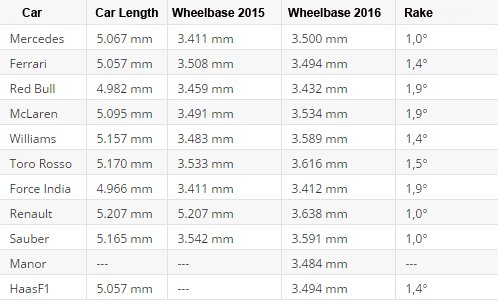In broad terms...
Because the regulations revolve around a car's reference plane and not an arbitrary reference point outside the car, e.g. the track, there's no enforced minimum ride height beyond that which results in permissible plank wear. As such, it's my belief that rake is a consequence of lowering the ride height of the front wing in order to increase downforce. Since doing so enhances ground effect, the increase in downforce is accompanied primarily by increased induced drag. Adding the same amount of downforce through higher AoA alone would add both induced drag and parasitic drag. (It's also not always possible, because there's a practical limit to AoA, and it tends to be lower at higher ride heights.)
The drawback is increased pitch/ride height sensitivity, as the distance between a component and the ground is more critical at lower ride heights. That means downforce is subject to greater variation during transient events such as those encountered on an undulating track. In other words, downforce fluctuates more given a change in ride height from 20mm to 10mm than it does given a change from 30mm to 20mm. Additionally, to avoid undue wear of the plank, lowering the front wing requires raising the diffuser, which ultimately means it has to be designed with a higher AoA than would otherwise be necessary, and the higher AoA makes it just as sensitive to ride height variations.
Make sense?
 from Ground Effect Aerodynamics of Race Cars
from Ground Effect Aerodynamics of Race Cars
The graphs above depict downforce as a function of ride height. We can see that front downforce coefficient grows to ~1.99 from ~1.83 if the front of the car is lowered to 10mm from 20mm (h

) concurrent with the rear being raised to 60mm from 40mm (h

). The same adjustment reduces rear downforce coefficient to ~2.43 from ~2.63; hence the need to increase the diffuser's AoA when adding rake.
Combine all of those factors with the need for all aero elements to work together across a wide range of conditions, and you're left with a very difficult task that presents quite a few unusual problems. But, if you can make it work, it's the ideal aero strategy for the current rules.
(I ---
love aero.)



